Storing Lard Without Canning or Freezing
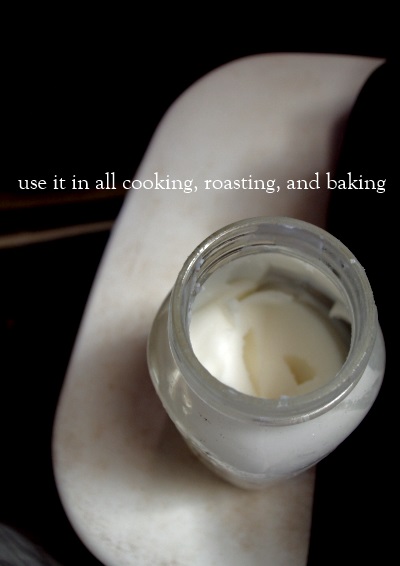
This past January we canned about 90 pounds of pork and rendered 18 quarts of lard that we purchased from our friends and neighbors. Good meat and good fat are hard to come by, so we stocked up.
We have just under a dozen jars of meat left and three jars of lard remain on the shelf. That means we’ve eaten 15 quarts of lard – three quarts for every man, woman, and child in this family – since January.
I have no regrets.
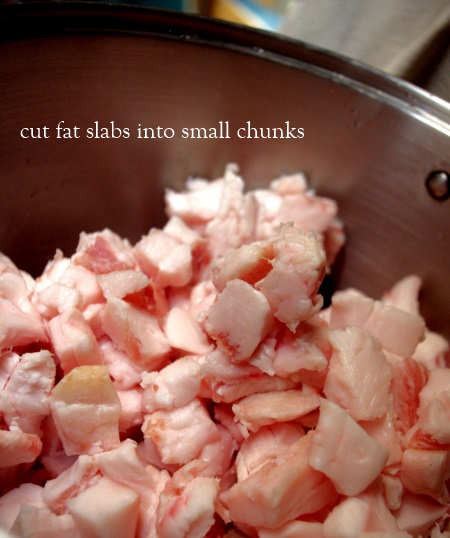
When we rendered the lard I had heard differing opinions on how to store it. The fancy folks on the internet said we should freeze it. No can do. A few folks said they can it just in case, which I considered, but we were leaving town within days and I knew I wouldn’t have time to can the meat, render the fat, and can the fat.
So, in my usual I’m-not-too-worried-about-it style, I opted to do nothing. And by nothing I mean I had read enough of the old-timer books to realize that fat, itself, is a preservative. There were rillettes, larded pork chops, and duck confit, and a whole host of other tasty things you could cover in fat to preserve in these lovely old books.
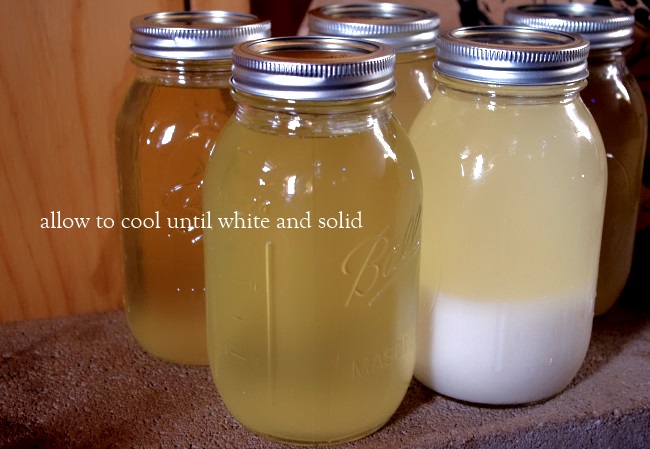
Why not do what they did before canning and freezing and just store it? The whole point of rendering is to get the perishable bits out of the lard, right?
So, we rendered the fat down, let it cool just enough to handle, and then poured it through a lined sieve into quart jars which I then closed tightly. Crystal clean white goodness, I say.
At this point it would be good to store them in the cellar or some place where it’s cooler than 100 degrees. But we don’t have a cellar and I’m not too worried about it, remember? So I put them on a shelf in our kitchen and they endured the whole of summer in temperatures that easily reached 90-100 degrees on most days.
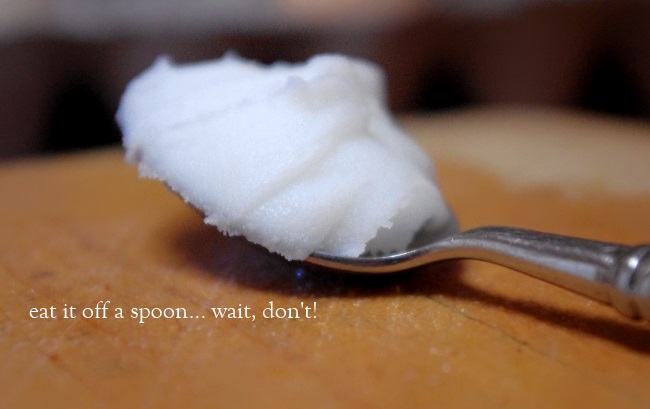
The result?
Every jar I’ve opened has smelled like nothing but fatty goodness. There is no off smell, no meat smell, and really no smell at all. No one’s thrown up, or gotten sick, or been struck down with E. Coli or botulism, which is more than I can say for a lot of grocery store food.
It’s been fine.
I will say that once I opened a jar, it might acquire a more meaty smell after a week or so at these hot temperatures, but it was still perfectly good to cook with. It fried potatoes and squash and eggs and pancakes and steak. It made biscuits and pie crusts and cakes and cookies and more with delicious results.
The only tragedy I see in this whole scenario is that we only have three quarts left.

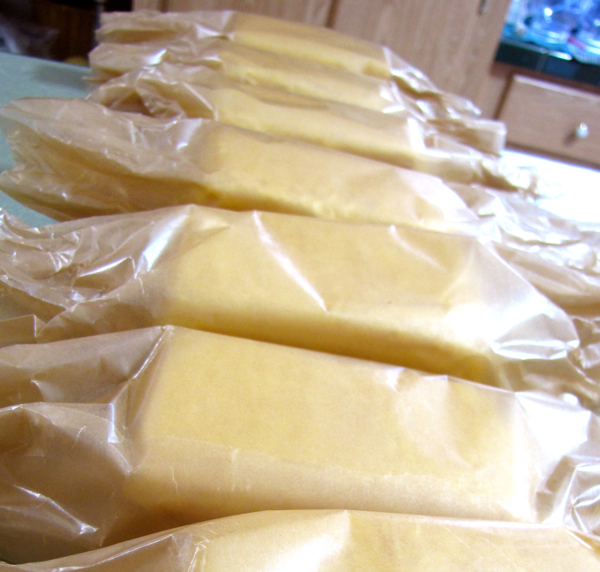
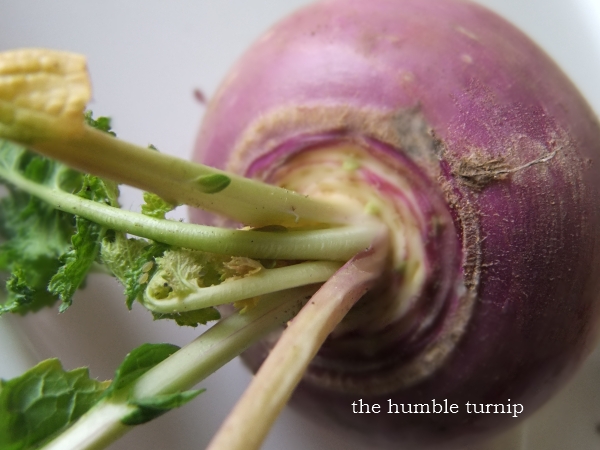

How awesome it that! I may have to get so fat from the butcher and give it a try. It sounds like such a neat thing to do.
Shannon, your lard is beautiful. Instinct served you well in processing it. What you did was actually the old “open kettle” canning. The lard was hot enough to pull a vacuum as it cooled. I do mine the same way, making sure to get it filtered well. Lard doesn’t spook me as far as bacterial spoilage, but I hate it when it goes rancid (and historically rancidity of lard and cured meats plagued our southern agrarian ancestors come summer.) Air and light are what cause it to go rancid and by processing it as we do we eliminate those and allow it to keep even at hot temperatures. Good job!
Judy – Ah, I knew I must have been the 10,000th person to try it this way. That’s helpful to know about the air and light causing rancidity. I bet you’ve rendered more fat than I could shake a stick at so I’m glad to hear that I might be on the right track. Thanks for commenting!
Thanks for the information. I never thought about storing Lard that way.
Thanks for this! I rendered lard last year after you posted about it, and love cooking with it. I’m in a traditional home, so froze what I made. I’m now thinking of rendering the other half of the fat I bought from our favorite farmer, and was thinking about how to store it. I might try it out of refrigeration and see what happens. I did get a bacony smell when I made it and in the lard, which I’m told is because I used back fat and not leaf fat. So I haven’t used it for sweet pie crusts. I remember you got a LOT of fat from the neighbors, so I’m assuming yours wasn’t all leaf fat, but still didn’t smell at all like bacon. What’s your secret? 🙂
did you have meat in the back fat? back fat won’t make a smell or off color in finished lard unless there is a fair amount of meat mixed in the fat a little won’t hurt but to much will give a bacon smell. we have used both leaf and back fat all my life with no problems. also if you add 3 or 4 tablespoons of baking soda to a 20 gallon kettle of lard after finished cooking it will give a snow white no off flavor lard perfect for cookies and pie crust we make 40 gallon or more every year
We never have THAT much lard…usually we render a couple quarts at a time. We keep it in our cabinet with all our other fats and it’s fine for a while.Usually we use it up relatively quickly. At the end of the last rendering though the last bit of lard started to smell and taste really sour. We threw the rest of that one away.
Can I do this with pastured beef fat too or only with port fat?
@Kathryn,
sorry, meant to say pork fat
Kathryn – I would assume that so long as the fat was pure after rendering, it should keep well in this same manner. Ghee would be another one.
Like this post! I’m a big fan of “fatty goodness” myself! 🙂
Good to know! The neighbor is taking on hogs in the Spring and has asked us if we wanted to go in together on a couple. It was a whole hearted yes, so I’m sure we’ll be rendering for a bit. Thanks!
Do u cann with pressure like regular
We had a pig butchered quite awhile ago, I am guessing over 2 years. The butcher gave us the lard in a big plastic bucket. It has started to smell like the bucket and I detect a sour smell that my husband doesn’t. He still uses it and I am wondering if I should just throw it out. Thoughts?
Love this. Just rendered my first 5 lbs.. I have 10 more to go so I wanted to double check my ‘storage’ good to know I’m already done with the first batch. No canning needed. XO.
Yours was the first link to pop up on Google, yea for you!! We butcher every year, but not every year do we have fat to render. However this year we had a bunch, 15 gallons. I wish I lived close enough to give you some. We will use it and we have family to share with, but I hate that you are almost out and we have so much.
The way you have stored it is exactly how we do it, too. There is a lot of truth and durability to the way the “old timers” did it. I used to run an 1840 historic log cabin museum sharing with our visitors “how they used to do it.” People are amazed at how pioneers lived without modern equipment and how much they were able to accomplish. I then usually followed up by saying and we still do it today for ourselves. Then some would be in disbelief that people would still do that today. At least we know where everything is coming from and how it’s handled. I’m good with that! :o)
So, happy sustainability to you and your family, know and trust that God gave you those instincts and resources for a reason, and that is to take care of your family with what He has provided you. I’m thrilled to know that there are young families out there who not only believe it can be done, but are able to prove it and enjoy it. God bless you abundantly in all your endeavors and to all of your family.
My husband brought home a plastic container of lard from the butcher that processed our hog. It doesn’t say anything about refrigerating it. I don’t want it to go bad. It really is too big for our already full fridge. I’ve never used lard before so I’m still trying to Figure out how to use it.
I have had jars get a layer of mold on top of the fat before when left at room temp. This time when I rendered lard, I put a canning lid on while it was still hot in the jar, so that it would seal. I’m hoping that helps with it.
I am going to be rendering some lard toward the end of the month. I thought about sealing it in jars and put it in my store room but I’m afraid of it getting rancid. Has anyone ever tried freezing it in a cake pan until solid and than cutting it into blocks to freeze so it doesn’t take as much room in the freezer?
I received to large plastic containers of lard purchased from some amish farmers. I’d like to make it in to smaller sizes. Anyone think it would be ok to reheat the lard and place in jars?
sorry, previous post should read “two” not “to”…I am literate!
I render mine in the crock pot and pour it into a metal pan and put it in the fridge. When it’s solid I put it in the freezer for an hour, cut it into squares and wrap in wax paper. I put a bunch of the wax paper packets into a ziplock bag and freeze it. It is easy to use and to give away. Just like putting a piece of butter in the butter dish, I take a piece of lard out and put it in the lard dish. 🙂
I received a plastic bucket as well.. I’m wondering how I can get it into smaller confainers or jars.. and suggestions?
Jackie – You might be able to heat it until it liquefies and then pour it into jars while hot and immediately seal. I believe that is what helps with the sealing of the lard jars when I do it. 🙂
Containers! Oops
I recently rendered my own lard. It was so easy that it made me a bit sad to think of all the fat I never asked for in all these years from my beef/hogs. I rendered mine in my Instant Pot, and it was simple and mess free. I cut the pork fat into small cubes like you did, added 1/4 cup of water and set to IP manual for 60 minutes with a NPR. The end result was amazing. I filtered it and crisped up the crunchies to which I added a bit of salt. The quart jars with the hot lard I sealed, and yes, they seemed to vacuum seal as they cooled off. I will store them in the cooler basement. The entire process was so simple that I am going to continue doing it. I’m now researching making lard soap since our daughter has skin reactions to so many soaps. Thank for you WONDERFUL post!
Oxygen in the air is what causes dietary oils and fats to spoil, i.e., go rancid. Lard can be preserved against rancidity by sealing it tightly in a barrier material such as plastic or foil, something that is best left to factories with the proper equipment. If storing it at home in jars or cans, anything that can be done to minimize or eliminate air will retard spoilage, such as filling the container to the brim before putting the lid on, or purging the oxygen with carbon dioxide in the form of dry ice. If the container is less than full, put a chip of dry ice on the top of the solidified lard and put the lid on the container loosely. After a few hours, when the dry ice has sublimated, secure the lid tightly. Carbon dioxide is heavier than oxygen and will pool on the surface of the food, or if it is granular like food grains, sink all the way to the bottom of the container. Oxygen will “float” on top of the rising pool of carbon dioxide and be expelled over the lip of the container, so it winds up 99.9% free of oxygen. Dry nitrogen or carbon dioxide gas can be used, too, but it requires having a supply in a high-pressure steel cylinder and a pressure regulator, hose, etc. If you have a MIG or TIG welding setup around the house, you may already have access to the gas and equipment. On the other hand, some food stores sell dry ice, so that’s the easiest, low-tech way of accomplishing the goal. Another benefit of using carbon dioxide or nitrogen to preserve foods such as cereals, grains and flour is that any insect infestation will be halted.